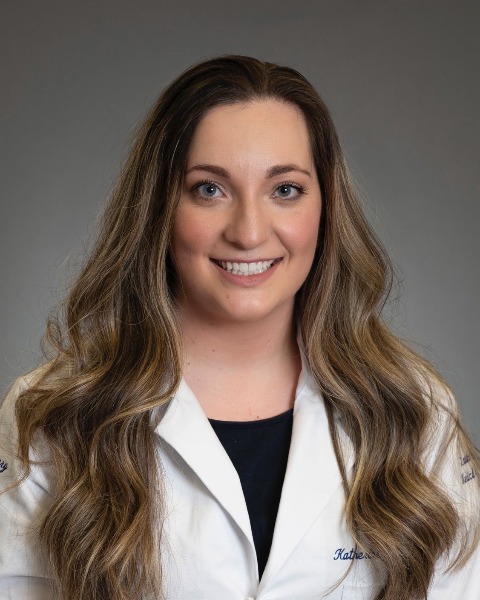Sarcoma
E436: Evaluating the intratumoral microbiome in GIST

Katherine J. Tardy, MD
Post-Doctoral Research Fellow
University of Pennsylvania
Havertown, Pennsylvania, United States
Katherine J. Tardy, MD
Post-Doctoral Research Fellow
University of Pennsylvania
Havertown, Pennsylvania, United States
Katherine J. Tardy, MD
Post-Doctoral Research Fellow
University of Pennsylvania
Havertown, Pennsylvania, United States
Hyunjee V. Kwak, MD
Post-doctoral Research Fellow
University of Pennsylvania, United States- AM
Alina K. Mangold, n/a
Post-Doctoral Research Fellow
University of Pennsylvania, United States 
Juan Esteban Perez, MD
Resident in General Surgery
Hospital of the University of Pennsylvania
Philadelphia, Pennsylvania, United States- KD
Kevin Do, BS
Research Technician
University of Pennsylvania, United States - SZ
Shan Zeng, PhD
Senior Research Investigator
University of Pennsylvania, United States - FR
Ferdinando Rossi, PhD
Senior Research Investigator
University of Pennsylvania, United States - RD
Ronald P. DeMatteo, MD, FACS
Chair of Surgery
University of Pennsylvania, United States
ePoster Abstract Author(s)
Submitter(s)
Author(s)
Gastrointestinal Stromal Tumor (GIST) is the most common human sarcoma with 6-8,000 new cases diagnosed in the U.S. each year. The tumor originates in the interstitial cells of Cajal and forms most commonly in the stomach or small intestine. Bacteria have been identified in other gastrointestinal cancers. We sought to evaluate the intratumoral microbiome in GIST.
Methods: There were 24 patients (25 tumors) with primary or metastatic GIST who underwent surgical resection. Specimens were obtained in the operating room under sterile conditions immediately after tumor resection. Tissue was flash frozen in liquid nitrogen and stored at -80C. Total DNA was extracted, and 16S qPCR was performed from which copy number of 16S rRNA per uL was derived. 16S rRNA gene amplicon sequencing was performed on samples with a sufficient bacterial load defined as copy number over 100 copies per uL to evaluate the bacterial species present in each tumor. Retrospective chart review was performed to determine tumor clinicopathologic characteristics.
Results:
There were 8 gastric tumors, 6 small intestine tumors, 4 metastatic liver tumors, and 7 metastatic peritoneal tumors. Tumor size varied from 1.1 -17.5 cm. The tumors were untreated (n=11), imatinib-sensitive (n=7), or imatinib-resistant (n=7). 23 of the 25 tumor samples contained fewer than 100 copy numbers of 16S rRNA per uL, indicating an absence of a significant bacterial load. The remaining 2 samples, one gastric tumor and one duodenal tumor, had 837 and 230 copies of the gene encoding 16S rRNA per uL DNA respectively. 16S rRNA gene amplicon sequencing revealed the presence of normal gastric bacterial species Lactobacillus, Prevotella, and Lachnospiraceae in the gastric tumor. Chart review revealed evidence of mucosal communication in 4 of the 13 patients with primary GIST including the 2 patients whose tumors contained gastric bacteria.
Conclusions:
GISTs generally do not contain significant amounts of bacteria, likely due to their submucosal location. Some tumors with an intraluminal communication do contain bacteria found in the gastrointestinal tract.
Learning Objectives:
- describe the methods used to isolate and identify bacteria in solid tumor samples
- identify the common gastric bacteria isolated in GIST
- describe the only clinical feature that was associated with intratumoral bacteria in GIST
